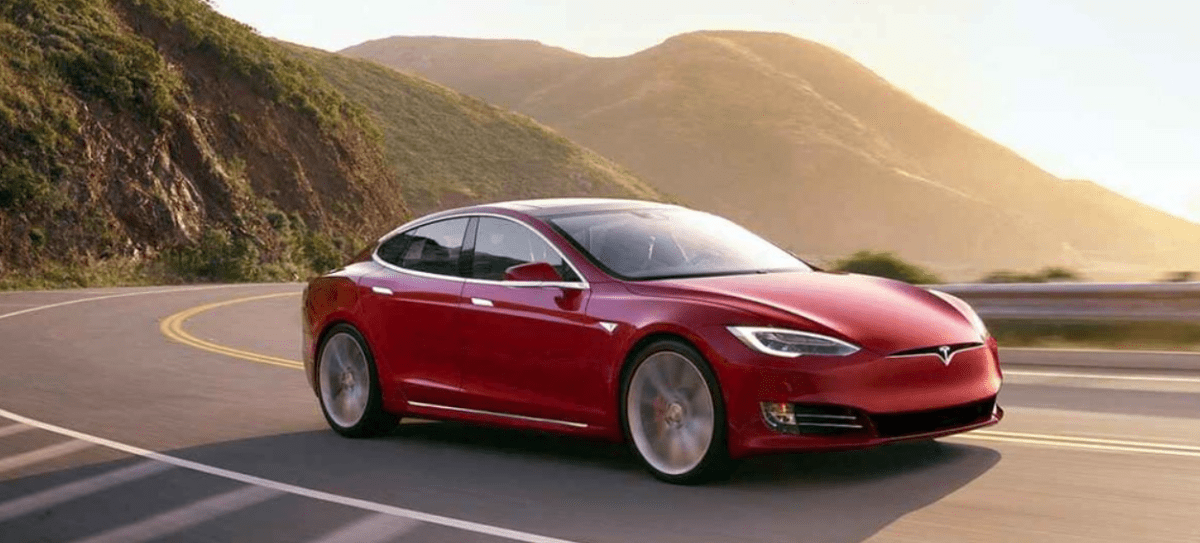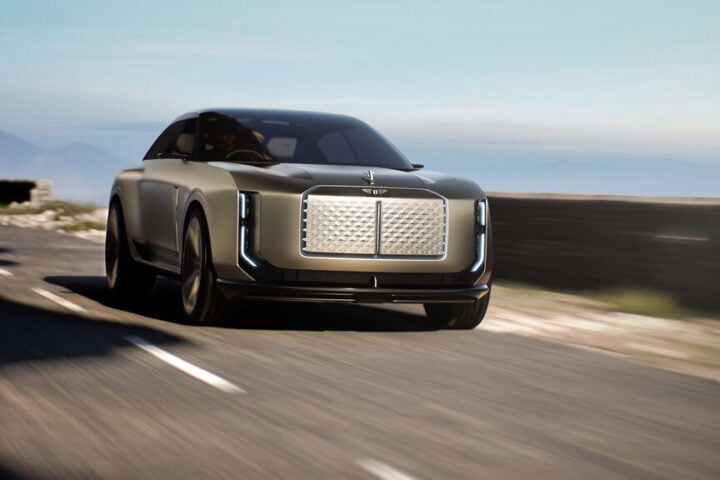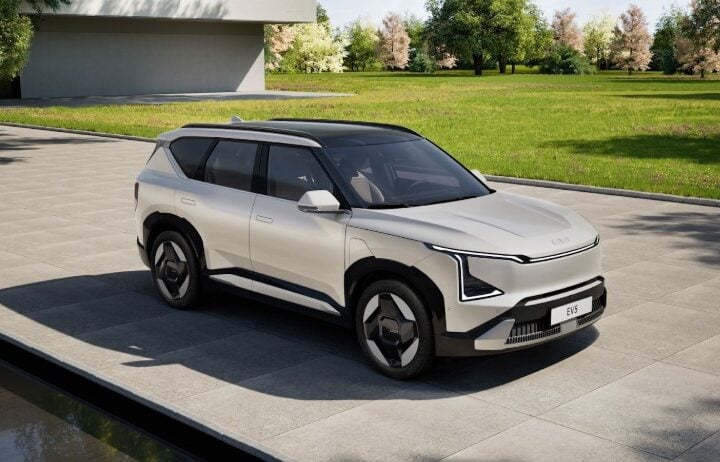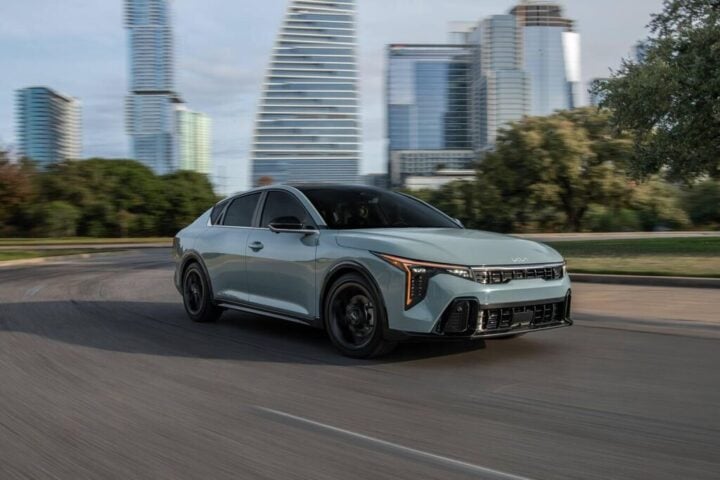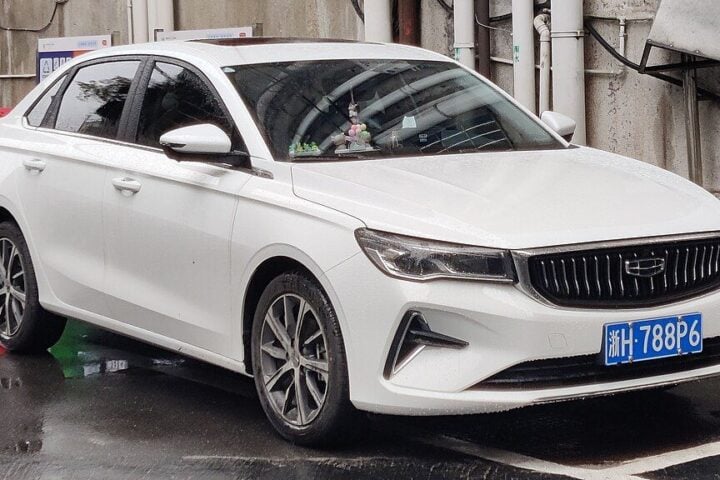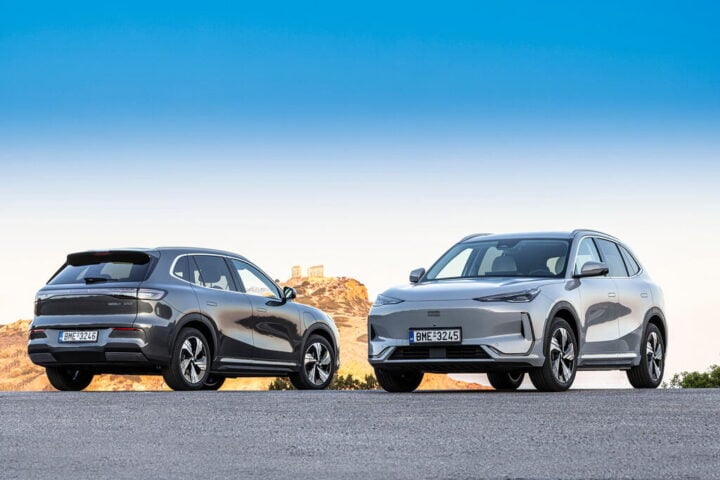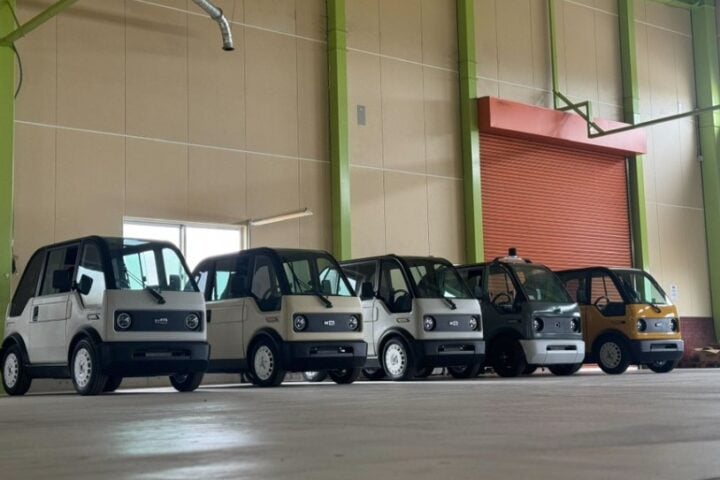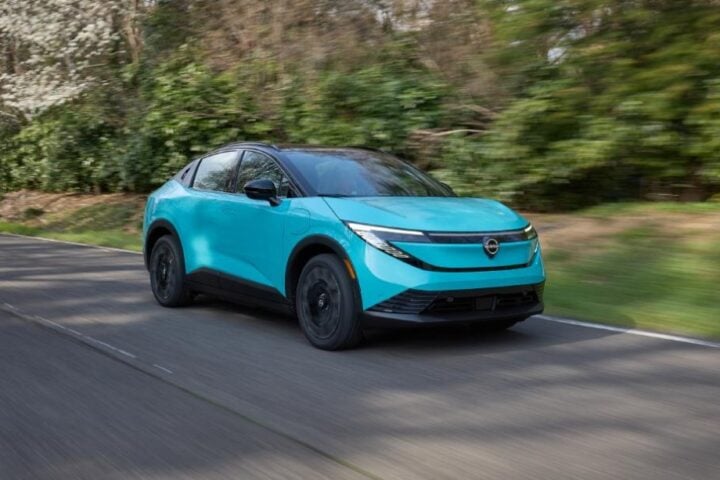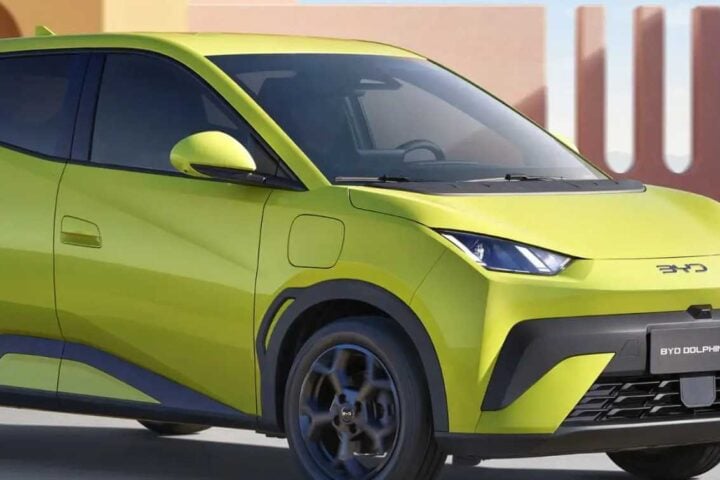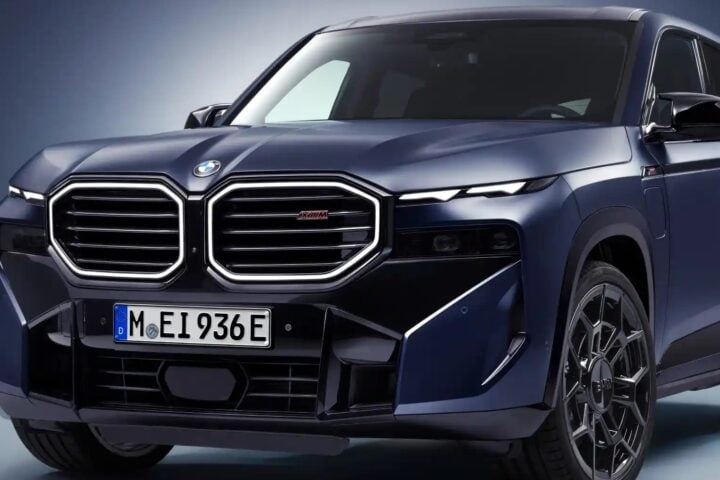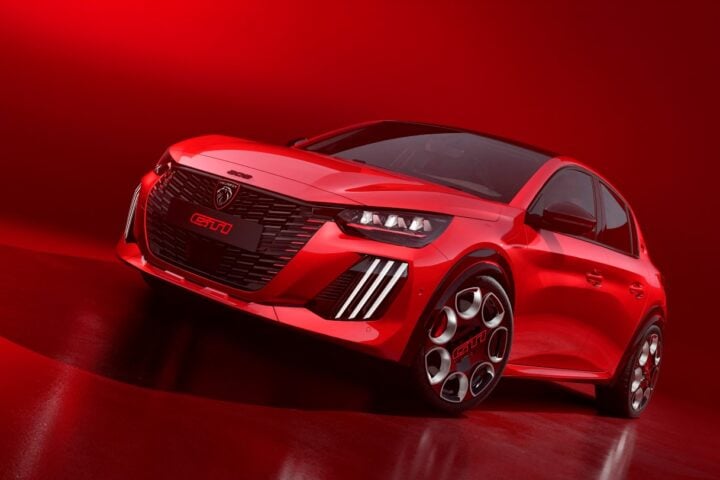As the winter weather takes a toll on the performance and range of many electric vehicles, Tesla remains a standout with its innovative heat pump design. The company recently released a video that breaks down the pump’s function and significance.
For EV drivers, having a reliable heating system can mean the difference between a successful and frustrating winter driving experience. Fortunately, all Tesla vehicles come equipped with heat pumps, making their range closer to the advertised EPA estimates.
The cold weather presents two major challenges for EVs: reduced range and sluggish charging speed. With some electric cars already having lengthy charge times, it’s no surprise that people are wary of EVs in the winter. Nevertheless, Tesla’s heat pumps aim to alleviate these concerns and provide a better driving experience.
According to Tesla’s Vice President of Vehicle Engineering, Lars Moravy, the heat pump in their vehicles operates like “an air conditioner in reverse.” This means that while air conditioners take heat out of a building and release it into the surrounding environment, the heat pump in a Tesla car collects heat from the outside air and utilizes it to warm the cabin.
During the winter, many electric vehicles waste a significant amount of energy trying to heat the cabin, which reduces the range of the car. Tesla’s heat pump harnesses the heat produced by the battery and drive units, which would otherwise be lost, to warm the interior instead.
The aim of Tesla’s heat pump design is to improve upon existing systems by simplifying it. The electronics consist of a two-layer PCB assembly, and the refrigerant channels are combined into one section, reducing the number of parts needed.
According to Jack, one of Tesla’s thermal engineers, the company streamlined the remaining coolant components, such as the coolant channels that they crammed into a single assembly rather than the 15-20 that would typically be present. Additionally, Tesla combined the two pump valves in the coolant loop into one.
Lars tacked on “I’m adding heat in one situation, and I’m removing heat in another. Perhaps I should simply combine those and create system integration.” The device was given the moniker “Octovalve.”
The Model Y, Tesla’s compact SUV based on the Model 3, was the first to feature a heat pump, but it has since been incorporated into all other Tesla models. This means that if you purchase a 2023 Tesla vehicle, you can expect improved performance in winter weather.
The heat pump effectively maintains a warm cabin even in harsh winter conditions. According to Tesla, the pump is designed to turn “inward” in extremely cold weather, where other heat pumps may fail, and generates heat on its own. The barrel of the pump operates differently depending on the mode, activating different pairs of ports. In some cases, the heating energy efficiency can be decreased by three to four times.
“Reducing energy consumption by 15-20% while carrying a bigger load is a significant advantage,” says Vineet, a Tesla system modeler.
Driving a Tesla equipped with a cutting-edge heat pump provides a significant benefit for drivers. They can feel more confident on longer rides during winter or in colder climates, and in the long run, it also means financial savings as less energy is wasted and instead reused to heat the car where needed.
Many automotive enthusiasts are already aware of Volkswagen’s progress in the field of electric vehicle design. In its completely electric ID.3, ID.4, and ID.5 models, the German manufacturer added optional heating pumps. Additionally, VW claims that its heat pump employs carbon dioxide as a refrigerant because it is less harmful to the environment than fluorinated refrigerants.
Volkswagen’s vehicles do not come standard with these heat pumps, which is a disadvantage when compared to Tesla, which already has some of the vehicles with the best estimated ranges. However, keep in mind that since Tesla’s vehicles have higher starting pricing, a more affordable alternative might be to instal a heat pump in a Volkswagen.
Many automotive enthusiasts are already aware of Volkswagen’s progress in the field of electric vehicle design. In its completely electric ID.3, ID.4, and ID.5 models, the German manufacturer added optional heating pumps. Additionally, VW claims that its heat pump employs carbon dioxide as a refrigerant because it is less harmful to the environment than fluorinated refrigerants.
Volkswagen’s vehicles do not come standard with these heat pumps, which is a disadvantage when compared to Tesla, which already has some of the vehicles with the best estimated ranges. However, keep in mind that since Tesla’s vehicles have higher starting pricing, a more affordable alternative might be to instal a heat pump in a Volkswagen.
In any case, it is obvious that Tesla is committed to maintaining high ranges during the winter. Like Tesla has done with its model range with new releases, maybe we’ll continue to see continuous heating system upgrades.
